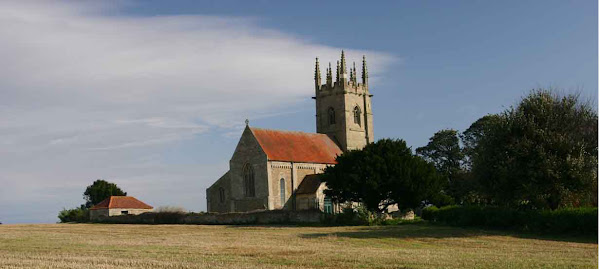Tuesday, January 22, 2008
A Little Historical Perspective
On September 3, 1929, the Dow Jones Industrial Average reached it's pre-Crash high of 381.17. When the market closed on Black Thursday, October 24, it stood at 299.47.
But that wasn't the end of it. Black Thursday was followed by Black Monday and Black Tuesday, October 28 and 29, when the DJIA fell to 260.64 and 230.07, respectively. So by October 29 the DJIA fell almost 40 percent from its pre-Crash high.
But that wasn't the end of it. After stabilizing for a while in the high 200s in the first half of 1930, the DJIA continued to decline and fell into the high 100s in October 1930. In September 1931 it fell below 100.
But that wasn't the end of it. The DJIA continued to fall in 1932, until it reached a low of 41.22 -- its lowest point in the 20th century. In three years the market, as measured by the DJIA, had lost 89 percent of its value.
But that's not the end of it. The world went through the Great Depression and World War II, and it was not until November 23, 1954 -- 25 years later -- that the Dow recovered to its pre-Crash high.
But that's not really the end of it, either, because by 1954 you would need $596.46 to buy what $381.17 would buy in 1929. It was not until January 1959 that the DJIA made it back to $596.46. Of course, by 1959 you would need $644.77 to buy would you could buy in 1954 for $596.46. Luckily, we don't have to keep doing this type of calculation, because the market also passed $644.77 in 1959.
So we could say it actually took 30 years for the market to recover the value of its 1929 high.
Subscribe to:
Posts (Atom)
